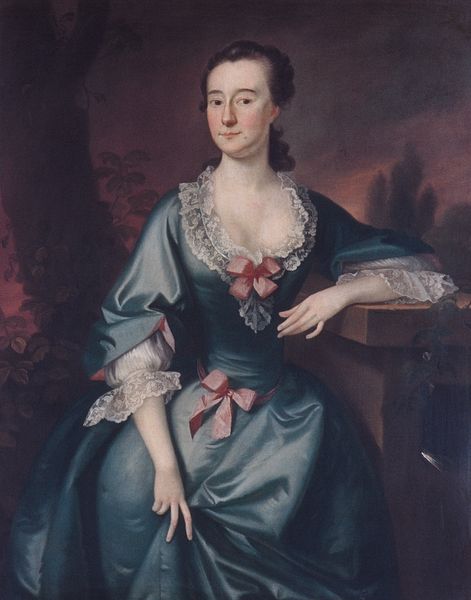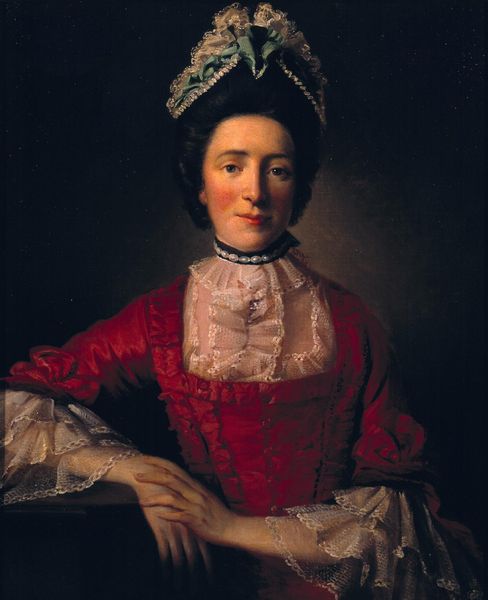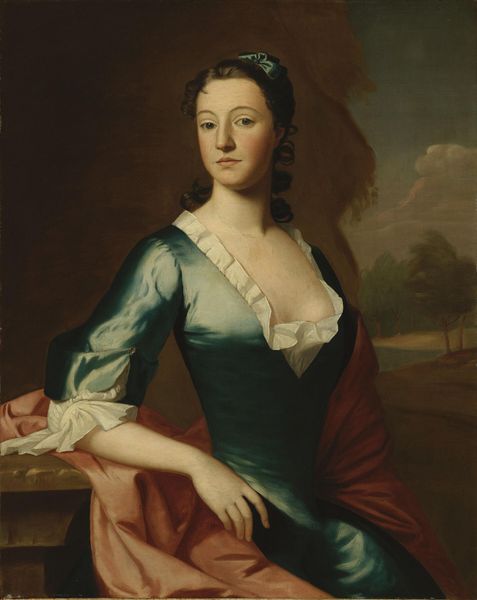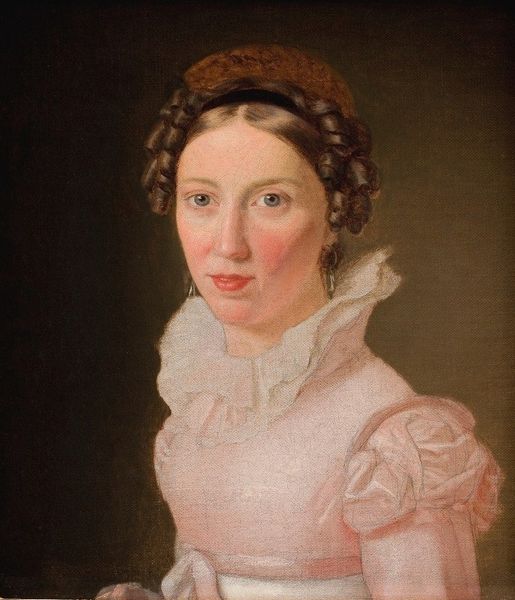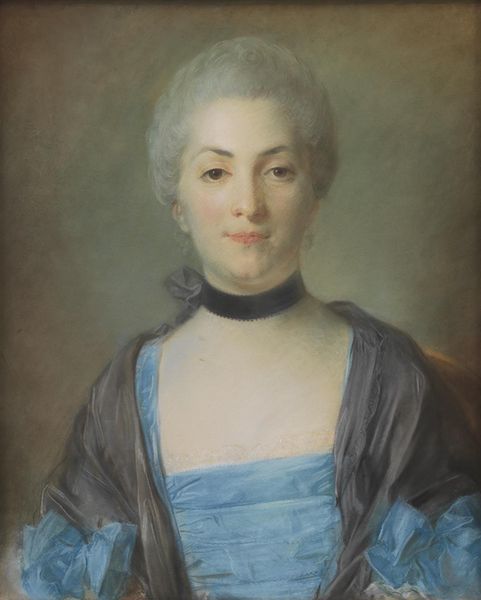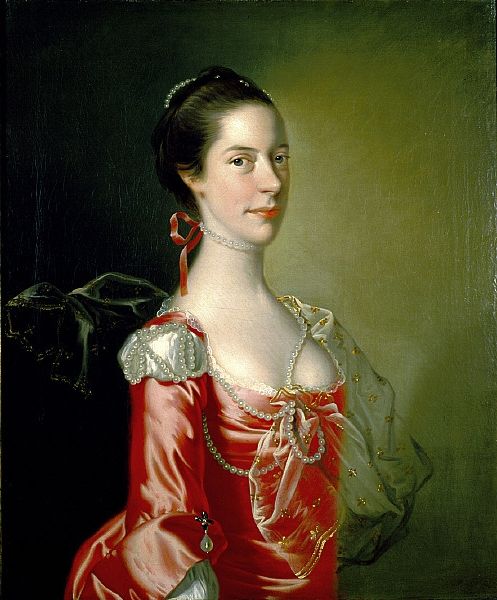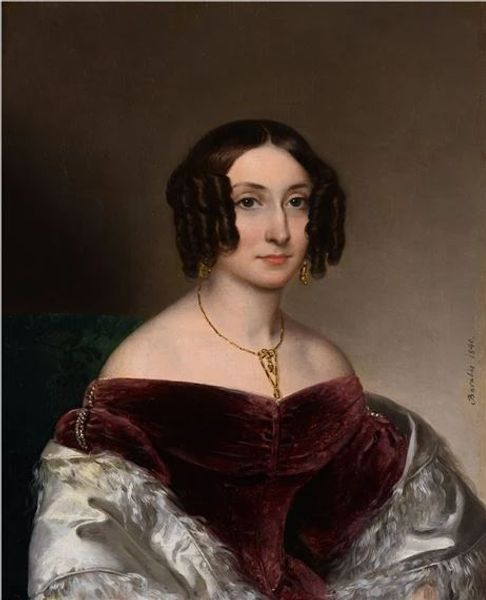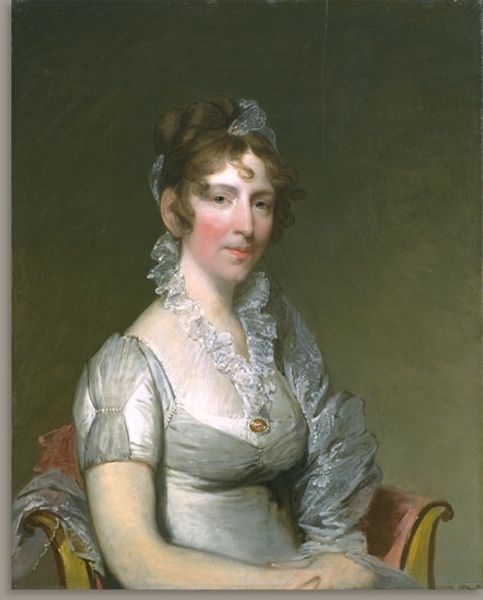
painting, oil-paint
#
portrait
#
baroque
#
painting
#
oil-paint
#
history-painting
Dimensions: overall: 76.3 x 63.5 cm (30 1/16 x 25 in.) framed: 94 x 81.3 x 7 cm (37 x 32 x 2 3/4 in.)
Copyright: National Gallery of Art: CC0 1.0
John Wollaston painted Mary Walton Morris, likely in the mid-18th century, using oil on canvas. This portrait offers a window into the social conventions and aspirations of colonial America. Wollaston, an English artist, found success painting portraits of the colonial elite. In this image, the sitter's silk dress, lace trim, and delicate bonnet signal her elevated social status. The cultivated pose, smooth brushwork, and idealized features all contribute to an image of refined gentility, reflecting the sitter’s position in society. Such portraits served to solidify family status in a hierarchical society and demonstrate the family’s financial success. Historical research into colonial society, including probate records, diaries, and mercantile accounts, helps us understand how art was used to express social standing. These resources help us understand the exchange between artist and patron and the social conditions that shape artistic production. Portraits like this weren't just about likeness; they actively shaped and reinforced social hierarchies.
Comments
No comments
Be the first to comment and join the conversation on the ultimate creative platform.
